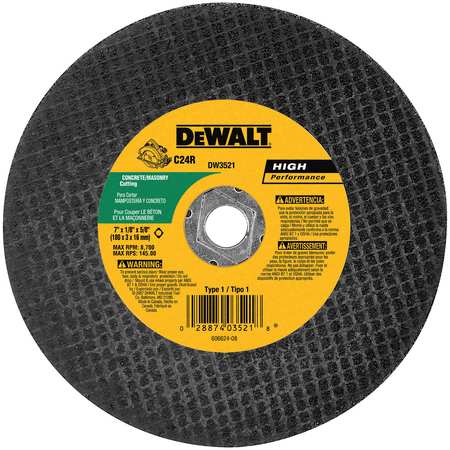I have tried hack saw, manual bolt cutters, plasma cutter - all of which mess up the thread and make it tough to get the nut on. What's the best tool for this? Ideally something under $50 or something rentable? I have a lot of rods to cut (need to make about 50 cuts).
The nuts will be put on once and not removed. I can leave one of the ends unfinished so the nuts don't come off, but one end still needs to be pretty so I can get a nut on in the first place.


